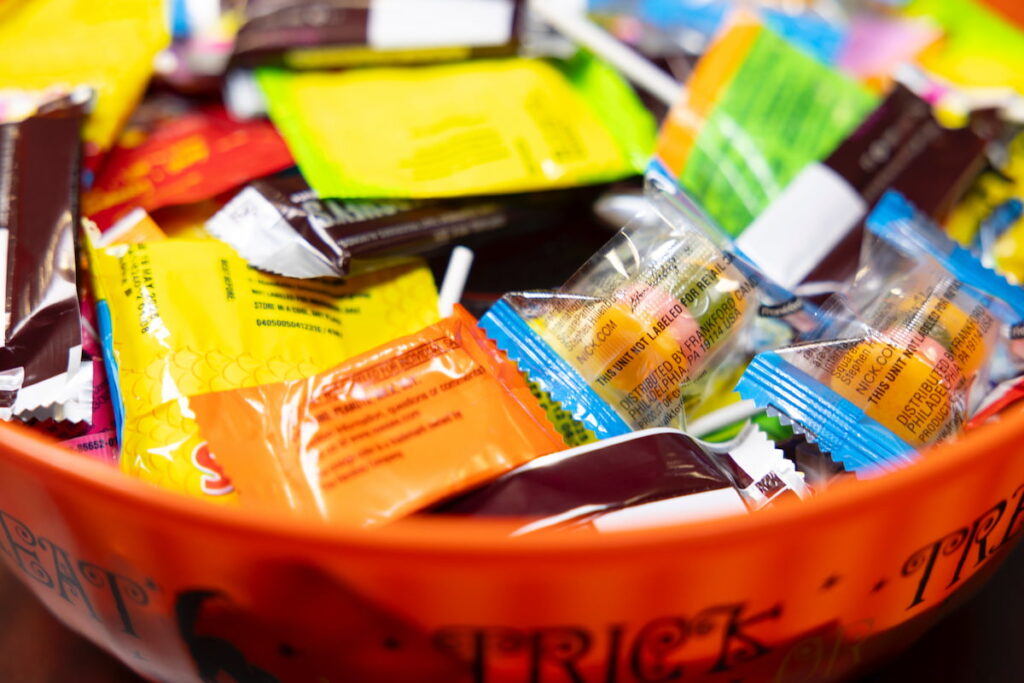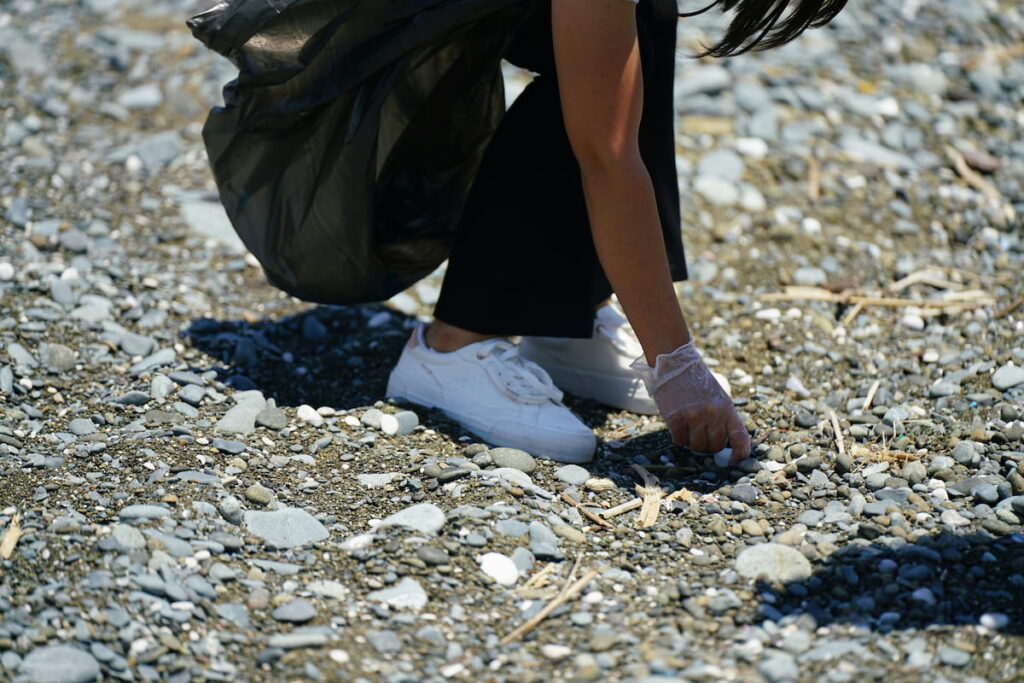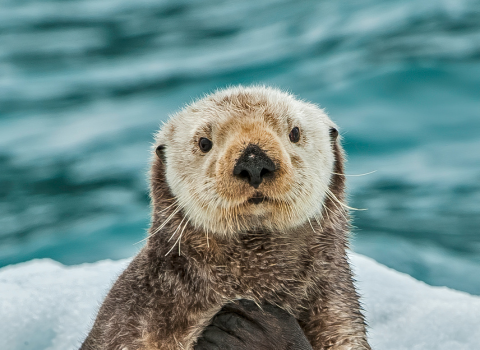As deeply troubling reports continue to come in about ocean waters hitting historic hot temperatures, sectors …
How to Make Your Halloween More Eco-Friendly
A guide to a plastic-free spooky season
Cue the music, “This is Halloween, this is Halloween.” That’s right, when Tim Burton’s famed The Nightmare Before Christmas comes on, you know America’s favorite candy holiday—Halloween—is here.
What’s the spookiest part of Halloween? For some, it’s the chilling movies, while for others, it’s the ghostly costumes. However, for our ocean and the planet, the real fright comes from plastic waste. Plastic candy wrappers, plastic decorations and other plastic waste have serious impacts on our ocean and marine life.
Love ocean content?
Enter your email and never miss an update
This year, more than 70% of Americans plan to celebrate Halloween. Consumers are anticipated to spend $3.5 billion on candy, with gummy treats topping the list. While we all love to take part in the fun of Halloween, here are some ideas for how to celebrate the holiday more sustainably.
Halloween treats

- Non-plastic treats: Instead of candies wrapped in plastic, look for candies wrapped in foil, like chocolate coins, or in cardboard boxes. It’s a sweet way to indulge while being a little kinder to the planet.
- Homemade treats: If you’re throwing a Halloween party or want to share with your neighbors, you can whip up delicious homemade goodies like cookies, brownies or even small batch candies. Skip the plastic wrap and pop them in fun reusable containers or cute paper bags, and you’re all set for a spook-tacular celebration.
- Bags: When you head out to trick-or-treat, make sure to bring reusable bags instead of single-use bags. You could even make or decorate cloth bags or pillowcases as a fun, Halloween art project.
Decorations and party planning

- Eco-friendly materials: Turn your porch into a Halloween masterpiece. Whether you’re aiming for spooky haunted house vibes or a cozy autumnal look, there are endless possibilities. Use natural decorations like pumpkins, corn stalks and dried leaves, and make reusable decorations using fabric or cardboard, or get crafty with upcycled items you already have at home. Skip decorations like fake cobwebs, which are actually made from plastic and can leave little bits of microplastics in the environment once the spooky season ends.
- Party supplies: Host(ess) with the most(ess)! If you’re hosting a Halloween gathering, use reusable plates, cups and utensils instead of single-use items. Cloth napkins can bring a festive flair!
The afterparty

- Compost, reuse, recycle: Skip the trash! Make the most of what you have by reusing or disposing of items responsibly. Consider composting organic waste, like pumpkins or left over party snacks, and recycling other materials.
- Cleaning up the next day. Keep the festive spirit alive by organizing a spooky scavenger hunt or a neighborhood haunted trail cleanup, turning trick-or-treating routes into a litter-free zone. It’s a great way to have fun and do something meaningful as a community, Log the treasure you find on our Clean Swell®app.
- Proper disposal: The scariest part of all those plastic-wrapped treats you either receive or clean up the next day? They’re not recyclable, so make sure they end up in the trash.
- Add your voice in calling for fewer single-use plastics: Disappointed that there’s still so much avoidable plastic around Halloween? We are too. Join Ocean Conservancy in calling on members of Congress to tackle plastic pollution and the climate crisis before it’s too late! Our ocean is counting on us to take a stand, and together—we can make a difference.
Once your Halloween celebrations are set, take less than two minutes to join Ocean Conservancy’s call for an end to ocean plastic pollution.
In the true spirit of the holiday, let your inner child and imagination run wild. There are tons of fun and eco-friendly ways to celebrate Halloween. Try these cool tips—who knows, they just might become your new favorite traditions for years to come.






